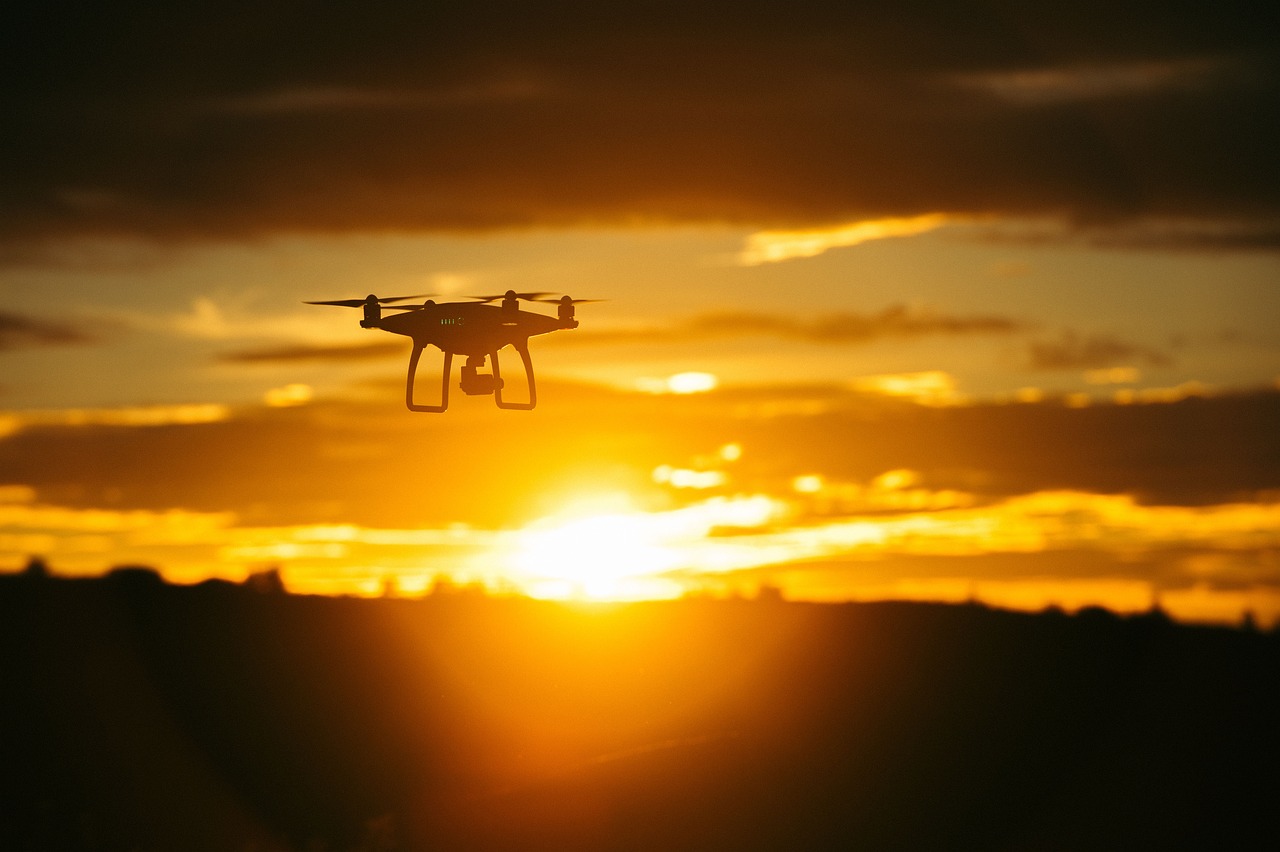After decades of “Shadow War” between Israel and Iran, on 13 April 2024 Iran took a revolutionary action against Israel by direct attack from its soil. According to Israel Defense Forces on X, Iran has launched 185 kamikaze drones, 36 cruise missiles, and 120 ground-to-ground ballistic missiles. Tensions between Iran and Israel have long simmered beneath the surface of the larger Middle East. Since the 1979 revolution, Iran adopted an anti-Israeli stance and, as part of its deterrence strategy, has fostered and provided funding for the network known as the “axis of resistance,” which is centered around Israel’s borders in Palestine, Yemen, Syria, Lebanon, and Iraq.
Israel and Iran were actively involved in an indirect conflict in the area. But the terrorist attack by Hamas on October 7th brought about new challenges and a new level of conflict between them. It also forced Israel to adopt a new strategy against Iran’s proxies and presence in the Middle East. Iran’s Islamic regime has been the sole nation involved in the October 7th attack since the beginning of the Gaza War. Iran sought to break its isolation in the region and around the world at the start of the war by establishing diplomatic ties with Saudi Arabia and beginning talks with the United States.
Following the Hamas attack, Tel Aviv started a new phase of preventive attacks and assassinations of commanders and strategic individuals regarding proxy actors in Lebanon and Syria to counter Iran’s activity and logistics help to the axis of resistance. Since 7th of October, Israel has attacked many Iranian spots and commanders both in Syria and Lebanon. Day after day, Iran was losing its essential and key commanders by the attacks, and yet their strategy was based on the “strategic patience.” Iran has consistently stated that it wants to prevent a wider regional conflict, and Israel’s calculations for its new strategy may have taken this into consideration.
The Islamic regime in Iran has already lost one of the highest-ranked commanders by a U.S. drone attack in Iraq, Qasem Soleimani. Soleimani was not only a commander or general, he was one of the most trusted people among the supreme leader’s small military circle and IRGC external wing, Qods forces. In response to his death, for the first time, Iran showed that the “strategic patience” can turn to a “hard revenge,” and for the first time in Islamic regime history, they attacked an American base directly in Iraq.
Since October 7, Iran has faced a new level of losing their generals and commanders, mostly in Syria and Lebanon, and that military circle looks like it is getting smaller. On the 1 April, Israel attacked directly the next building of the Iranian consulate in Damascus and killed another key general of Qods forces, Mohammad Reza Zahedi, who led operations in Syria and Lebanon, two countries where Iran’s political, religious, and military influence has flourished in the decades since its Islamic revolution.
The attack and the death of another key general had a huge impact and pressure on the regime from inside. From the very beginning, followers of the regime were asking for another “hard revenge” and it looked like the regime was confused. However, the attack on the consulate from an international law perspective is not considered an attack on the country’s soil directly, but for the supreme leader Ali Khamenei, it was a good excuse to use it as a tool to spread fear of an Iranian attack and keep his followers agitated. On his speech he said: “When they attack the consulate, it is as if they have attacked our soil,” Khamenei said in a speech marking the end of the Muslim holy month of Ramadan. “The evil regime made a mistake and must be punished and it shall be,” he added. Immediately, the government of Israel responded and threatened that any attack from Iran’s territory to Israel will have a response.
On April 13, the Islamic regime of Iran surprised everyone. They attacked Israel in response to all of Israel’s sabotages since the Hamas attack on 7th of October in Syria and Lebanon. However, according to the IDF, this attack had no casualties, but it marked a historical moment in the history of the Iran-Israel conflict. Many videos spread on social media showed Iranian Shahed-136 drones in the sky over Jerusalem, and a few missiles hit Nevatim military base where the Iranian regime claimed F-35 jet fighters flew from there to target the consulate of Iran in Damascus.
Yet, Israel has refrained from responding to the attack. Many believe that Iran’s direct attack from its soil was a political and military message aimed at the U.S. and Israel, signaling that the era of launching attacks with impunity is over. By demonstrating the capability to strike back directly from its own territory, Iran seeks to establish a deterrent against further aggression. This development has significant implications, particularly regarding Iran’s nuclear program, which has been a subject of international concern and negotiations for an extended period.
Iran has been under international sanctions for many years. They have lost their strategic position in the region, and it looks like the idea of the axis of resistance has been reduced to some small militia groups in Iraq and the Houthis in Yemen. Hezbollah in Lebanon, the strongest proxy ally of Iran’s resistance league, is not really interested in a direct conflict with Israel as they are trying to be both an official party inside Lebanon’s domestic politics and a non-state armed group in the region.
The Supreme Leader has suffered the loss of key commanders, resulting in a narrowing of his trusted military circle to a select few generals and clerics. This consolidation of power has led to the formation of one of the most hardline governments in the history of the Islamic regime, with President Ebrahim Raisi at its helm. These internal dynamics compel Iran to assert itself regionally and demand serious attention from the international community. This pursuit of a stronger position in the region may manifest through various means, including strategic alliances, military posturing, and diplomatic maneuvers aimed at consolidating Iran’s influence and deterring external threats.
As relations between Israel and some Arab countries, notably Saudi Arabia, inch towards diplomatic normalization, the Islamic regime of Iran perceives itself as increasingly isolated and facing existential security threats. Internally, the regime contends with eroding legitimacy and ongoing protests, exemplified by the recent outcry sparked by the death of Mahsa Amini at the hands of the morality police. Despite these challenges, the regime is striving to regain stability.
The evolving trajectory of the conflict between Israel and Iran is intricately tied to the shifting domestic political landscape in Iran under the leadership of Ayatollah Khamenei. As the Supreme Leader, Khamenei has established a distinctive political system within the Islamic republic, setting it apart from other Muslim-majority nations in the Middle East. Recent direct attacks on Israel, carried out under his authority and oversight, signal the escalating crises faced by the regime.
As Khamenei approaches his 85th birthday, he has suffered significant losses among his inner circle, including trusted generals and advisors. These individuals played critical roles in implementing the Supreme Leader’s ideology and regional policies. The erosion of his support network is particularly notable given Khamenei’s heavy reliance on these figures to advance his anti-Israeli agenda through the so-called “axis of resistance.” With his generals’ influence waning both domestically and in countries like Syria and Iraq, Khamenei’s ability to project power is increasingly compromised.
Faced with growing questions about his legitimacy, Khamenei has become increasingly dependent on security forces as a means of maintaining control. This suggests that Iran may be losing ground in the regional power struggle, leaving direct attacks as one of the few remaining options. The unexpected recent death of President Raisi in a helicopter accident could have significant implications for Khamenei’s circle of trusted hardliners. While Raisi’s passing is unlikely to alter the overall direction of Iran’s domestic or foreign policy – including its nuclear program or support for militias opposing Israel and U.S. interests in the Middle East – the loss of such a trusted figure may impact decision-making within the Supreme Leader’s office.
National security matters in Iran are primarily determined by two power centers: the Office of the Supreme Leader and the Revolutionary Guard. As one of the most reliable individuals to continue Khamenei’s anti-Israel policies and resist negotiations with the United States over nuclear issues, Raisi’s death may push the Supreme Leader back towards a strategy of “heroic flexibility.
However, Israel’s response was expected given that the Hamas attack left a lasting trauma in their collective memory and that Iran was thought to be one of the main conspirators. According to U.S. officials, Israel attacked one of the most important air bases in Isfahan on April 19th during a carefully planned mission. Israel attacked the S-300 air defense batteries, which are tasked with guarding nuclear sites, as a symbolic gesture. It seems Iranian officials want to deny the attack and not show it as a weakness point that Israel could attack one of the most essential military places in Iran and show it as if nothing happened. Iranian state media reported that air defense batteries had been activated after reports of explosions near a major airbase close to the city of Isfahan. The Iranian government appeared to minimize the scale of the attack, with a senior commander in Iran’s army stating that there was no damage in Isfahan, according to state TV.
Since no Israeli officials have officially confirmed the attack, the Iranian regime is using it as a de-escalation move to indicate that they are not seeking further direct tensions, at least for now. The dynamics of the Iran-Israel conflict have changed since Iran directly attacked Israel, but Iran’s security doctrine, developed after the Iran-Iraq war, is based on avoiding direct confrontation and keeping conflicts outside Iran’s borders. Iran is not seeking a traditional force-to-force war with Israel, but rather aiming to reshape the Middle East by showcasing its military threat in the region.
Israel’s response to Iran could potentially catalyze a broader conflict in the region, as Iran seeks to assert its influence and reshape the Middle East according to its own interests. Iran’s direct attack on Israel may be viewed as a calculated move to demonstrate its capabilities and establish itself as a pivotal actor in the region. However, Israel’s response could provoke Iran to accelerate its uranium enrichment efforts and hasten its pursuit of nuclear weapons, sparking an atomic arms race in the region. This dynamic underscores the precarious state of the Middle East, where even minor actions can precipitate crises with far-reaching consequences. The region finds itself at a pivotal juncture in its history, where any misstep or escalation could have profound and potentially catastrophic implications.
Bardia Farahmand is an independent analyst of Middle Eastern politics.



